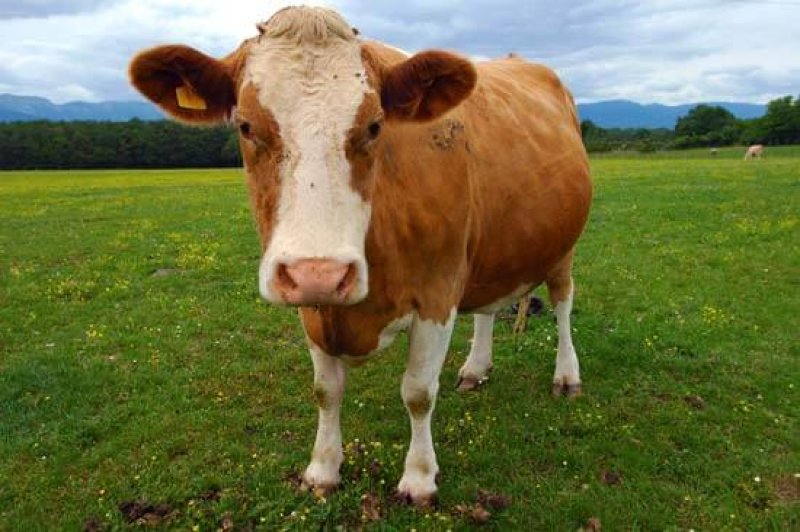There are genes known as retrotransposons that can copy themselves and paste the duplicates in other parts of our DNA, creating large tracts of repetitive gobbledygook. Around half of the human genome consists of these jumping genes. And a quarter of a cow’s DNA consists of one particular jumping gene, known as BovB. It, and its descendants, have bloated out the cow genome with thousands of copies of themselves.
This jumping gene seems to have entered the cow genome from the unlikeliest of sources: snakes and lizards.
Retrotransposons typically jump around within a single genome, but sometimes they can travel further afield. Through means that scientists still don’t fully understand, they can leave the DNA of one species and enter that of another.
…
David Adelson, from the University of Adelaide, charted the gene’s travels in 2013 by comparing the subtly different versions of BovB in dozens of animals. That was when his team showed that BovB in cows and other cud-chewing mammals is most similar to the versions in pythons and vipers—and likely descended from them. Now, Adelson’s colleague Atma Ivancevic has extended the search for BovB to more than 500 animal species. And her results show that the gene’s travels are even more erratic than anyone thought.
The GLP aggregated and excerpted this article to reflect the diversity of news, opinion and analysis. Read full, original post: How a Quarter of Cow DNA Came From Reptiles































